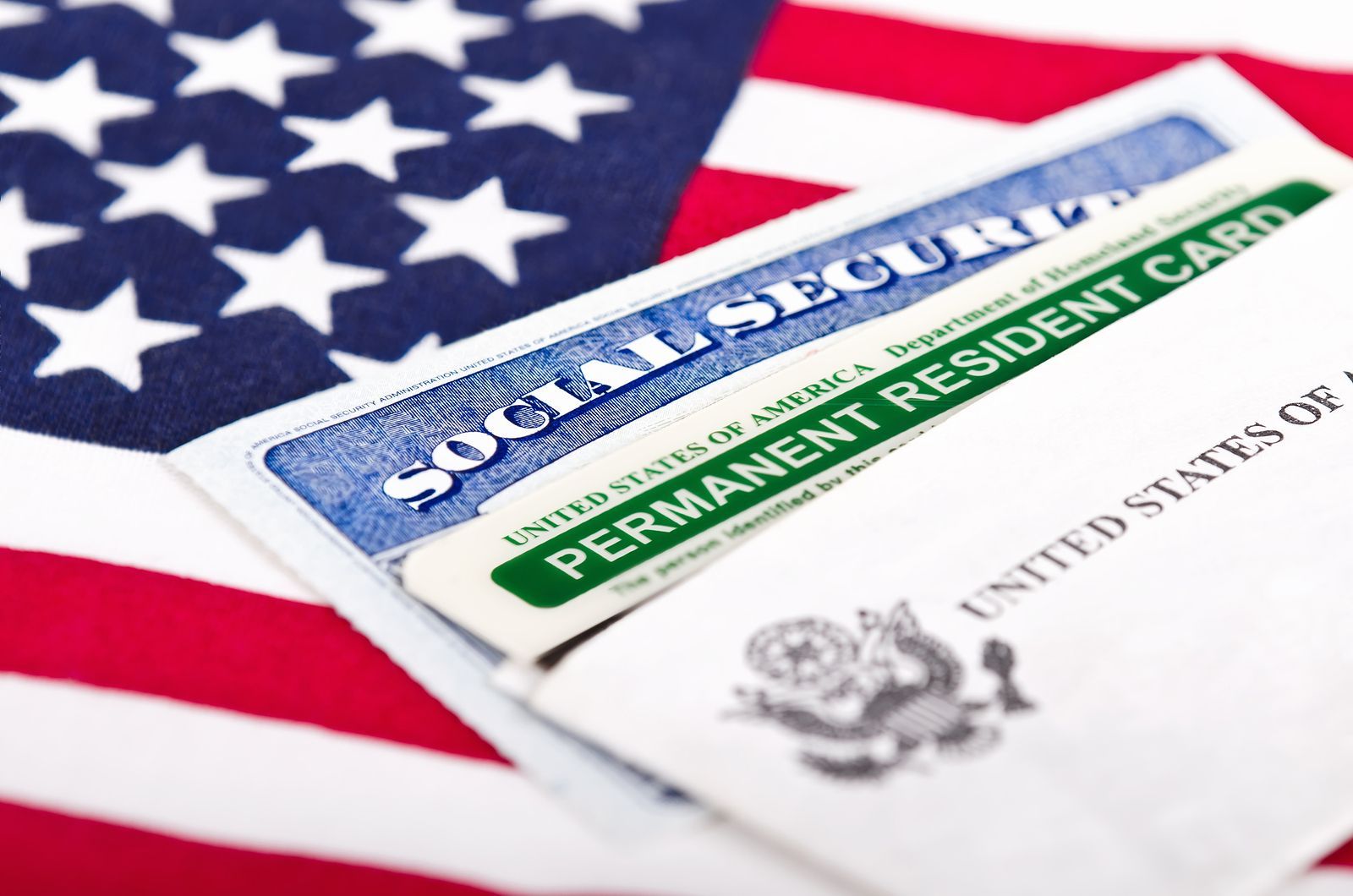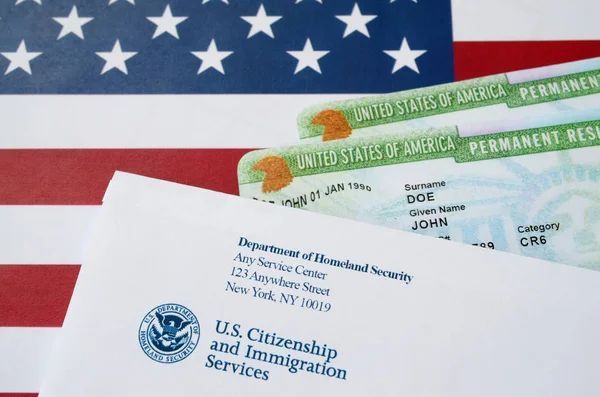🗣️ Fluent in English, Spanish & Portuguese 🌍
Keeping Families Together and the Parole-in-Place Program
Informational Guide to Parole-in-Place (PIP) for Noncitizen Spouses and Stepchildren of U.S. Citizens
The U.S. Department of Homeland Security (DHS) has introduced an initiative under the "Keeping Families Together" program, allowing certain noncitizen spouses and stepchildren of U.S. citizens to apply for Parole-in-Place (PIP). Please note that the following is general information and not legal advice. For specific guidance on your situation, schedule a consultation with Quattrochi, Torres, and Taormina, P.A.
This guide provides an overview of who qualifies for Parole-in-Place, the steps involved in applying, necessary documentation, applicable USCIS fees, and what to do after receiving this benefit.
1. Who Qualifies for Parole-in-Place?
Parole-in-Place is intended for noncitizens who are already in the United States and are close family members of U.S. citizens. The program aims to mitigate the risk of family separation and provide a pathway for these individuals to adjust their status to lawful permanent resident (green card holder) without needing to leave the country.
Eligibility Requirements:
To qualify for Parole-in-Place, applicants must meet specific criteria:
For Noncitizen Spouses of U.S. Citizens:
- Physical Presence Without Admission or Parole: The applicant must be physically present in the United States without having been formally admitted or paroled.
- Continuous Physical Presence Since June 17, 2014: The applicant must demonstrate that they have been continuously present in the U.S. since at least June 17, 2014.
- Legally Valid Marriage: The marriage to the U.S. citizen must have been legally valid and occurred on or before June 17, 2024.
- No Disqualifying Criminal History: The applicant must not have a criminal record that disqualifies them from receiving this benefit.
- Completion of Background Checks: Applicants must submit to biometrics (fingerprinting) and undergo comprehensive background checks.
For Noncitizen Stepchildren of U.S. Citizens:
- Under Age 21 and Unmarried: The applicant must have been under the age of 21 and unmarried as of June 17, 2024.
- Presence Without Admission or Parole: The stepchild must also be in the United States without formal admission or parole.
- Continuous Physical Presence Since June 17, 2024: The stepchild must have been continuously present in the U.S. since at least June 17, 2024.
- Parent’s Marriage to a U.S. Citizen: The stepchild’s noncitizen parent must have entered into a legally valid marriage with a U.S. citizen on or before June 17, 2024, and before the stepchild's 18th birthday.
- No Disqualifying Criminal History: Like spouses, stepchildren must not have disqualifying criminal histories.
- Background Checks: The stepchild must undergo biometrics and other necessary background checks.
For more detailed eligibility information, please visit the official USCIS Keeping Families Together page.
Additional Considerations:
Even if you meet the eligibility criteria, USCIS may still deny Parole-in-Place based on various factors, such as the presence of removal proceedings or other discretionary concerns. Each case is evaluated individually, and the existence of prior issues does not automatically disqualify an applicant. It’s essential to consult with an attorney to assess your specific circumstances.
2. Steps to Apply for Parole-in-Place
Applying for Parole-in-Place involves several steps, from determining eligibility to submitting the required documentation and attending appointments. Below is a general guide on how to apply.
Step 1: Create a USCIS Online Account
The first step in the application process is to create a USCIS online account. This account is necessary for filing Form I-131F, which is the application form for Parole-in-Place. You can create an account by visiting the USCIS account creation page.
Step 2: Gather Necessary Documentation
Before filling out the online application, you should gather all required documents. The following is a general list of suggested documentation, but each applicant’s situation will vary:
- Proof of Identity: Such as a valid driver’s license, passport, national ID, or school-issued ID.
- Proof of Spouse’s/Stepparent’s U.S. Citizenship: Such as a U.S. passport, birth certificate, or Certificate of Naturalization.
- Evidence of Marriage or Parent’s Marriage: A marriage certificate to prove the legal relationship to the U.S. citizen spouse or stepparent.
- Evidence of Continuous Presence: Documents like utility bills, tax returns, or school records.
Your specific case may require different or additional documents, so consulting with an attorney is recommended.
Step 3: Complete and Submit Form I-131F Online
With your documents ready, proceed to fill out and submit Form I-131F through your USCIS account. Ensure all information is accurate and matches the documentation you are submitting.
Step 4: Pay the Filing Fee
At the time of this writing the filing fee for Form I-131F is $580. This fee must be paid online during the submission process. Payment methods include credit card, debit card, or electronic transfer from a U.S. bank account. Fee waivers are not available for this application.
Step 5: Attend Biometrics Appointment
After submitting your application, USCIS will schedule a biometrics appointment. At this appointment, you will provide fingerprints, photographs, and a signature, which USCIS will use for background checks and security vetting.
Step 6: Await USCIS Decision
After the biometrics appointment, USCIS will review your application and supporting documents. The processing time may vary, but you can monitor your case status through your USCIS account. Each case is unique, and outcomes may vary depending on the specific circumstances.
3. Basic Documentation Required
The success of a Parole-in-Place application depends on the quality of the documentation provided. The following are general suggestions, and specific documentation will vary depending on the applicant’s individual circumstances:
- Proof of Identity
- Proof of U.S. Citizenship of Spouse/Stepparent
- Evidence of Relationship
- Evidence of Continuous Physical Presence
Each case is unique, and the required documentation may differ. It is advisable to consult with an attorney to ensure all necessary documentation is included.
4. Fees Involved in the Parole-in-Place Process
At the time of this writing, these are the applicable USCIS fees:
- Filing Fee for Form I-131F: $580
- Biometrics Fee: Included in the I-131F filing fee
These fees must be paid directly to USCIS during the application process. Please consult USCIS fee schedules for up-to-date fees that apply to your case.
5. Next Steps After Receiving Parole-in-Place
Once Parole-in-Place has been granted, it’s important to generally understand the next steps:
- Apply for Employment Authorization: After receiving PIP, you may apply for employment authorization by filing Form I-765.
- Apply for Adjustment of Status: Before applying for a Green Card, the U.S. citizen spouse or stepparent must file Form I-130. Once Form I-130 is approved or concurrently filed, you can apply for adjustment of status using Form I-485.
Please note that each person’s situation is unique, and the results of your case may vary depending on the specific details. Consulting with an attorney is crucial to navigating these steps effectively.
Conclusion
Parole-in-Place under the "Keeping Families Together" initiative offers a valuable opportunity for noncitizen spouses and stepchildren of U.S. citizens to avoid family separation and potentially adjust their status to lawful permanent residency. However, navigating this process requires careful attention to detail and compliance with USCIS requirements.
For personalized guidance and assistance with your Parole-in-Place application, please contact Quattrochi, Torres, and Taormina, P.A. Our experienced attorneys are available to help you understand your options and ensure your case is handled with care.
Relevant Links and Resources
- USCIS Keeping Families Together Page: https://www.uscis.gov/keepingfamiliestogether
- USCIS FAQs on Keeping Families Together: https://www.uscis.gov/keepingfamiliestogether/faq
- Form I-131F Information and Application: https://www.uscis.gov/i-131f
- Filing Guide for Form I-131F: https://www.uscis.gov/sites/default/files/document/guides/USCIS-Filing-Guide-Form-I-131F.pdf
- Avoid Scams - USCIS: https://www.uscis.gov/scams-fraud-and-misconduct/avoid-scams
- USCIS Account Creation: https://myaccount.uscis.gov/

CONTACT US
950 S. Winter Park Dr., Suite 207
Casselberry, FL 32707
PRACTICE AREAS










